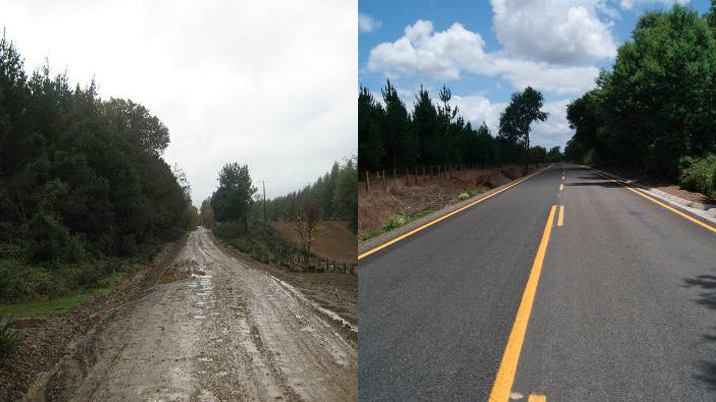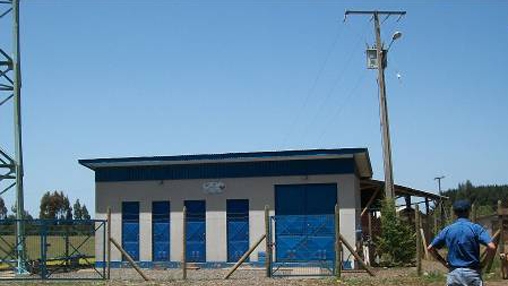Challenge
Under the previously existing institutional set-ups and social and economic evaluation methodologies, it was not possible to adapt project designs to the realities of dispersed populations and small settlements. The challenge was to put in place an effective system to attend to the unmet demand of dispersed rural communities through a multi-sector and multi-layered institutional setting, focusing on the sustainability and the productive and social impacts of existing infrastructure investments as identified through a highly participatory approach.
Solution
The project provided technical assistance to develop the concept of territorial development framework plans (planes marco de desarrollo territorial), including the development of the underlying methodology in which the plans are funded. When developing the concept, special emphasis was given to low cost, self-financing approaches to rural infrastructure interventions closely linked to income generating uses, as a way to maximize the social impact of the investments.
The project shows the increased impact of multi-sectoral investments that provide a full package of demand-driven infrastructure services, linked to productive activities, which bring greater efficiency, complementarity, and sustainability of services through cross-sectoral service bundling based on a territorial development approach. The project’s approach also offers important insights into the process of decentralization in Chile, as it reflects the importance of the territorial planning processes, participatory approaches, and social capital dimensions in order to tailor the pace and scope of the decentralization process to particular needs.


